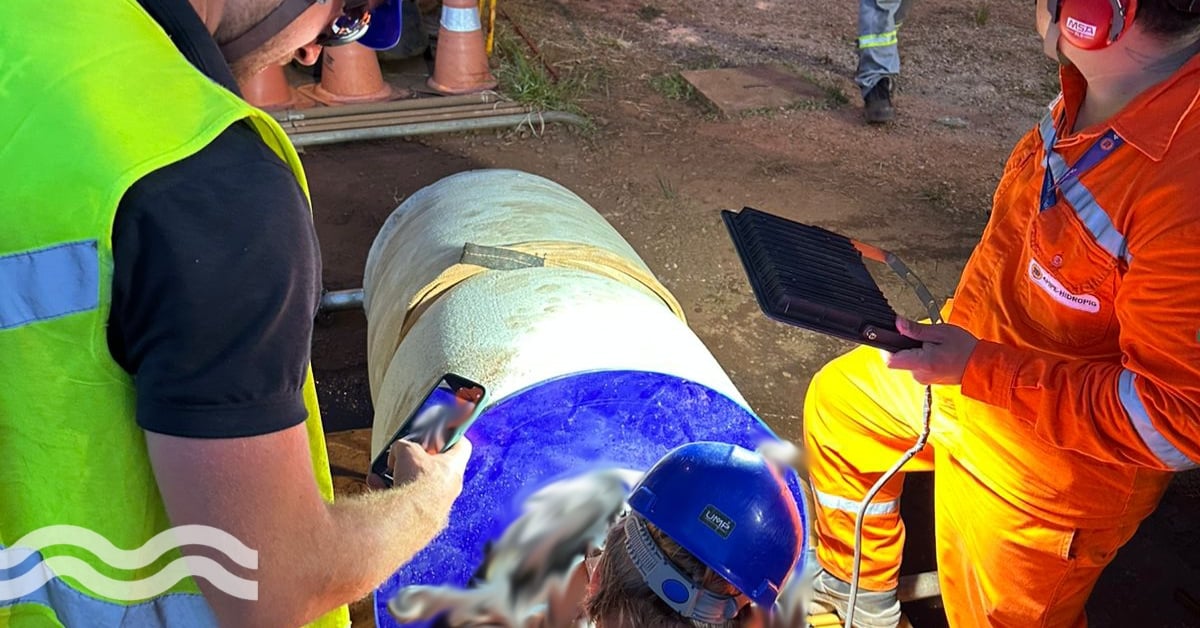Corporate water stewardship: 4 examples of innovative partnerships

One of the most exciting developments in corporate water strategy over the past year lies in innovative partnerships. Will Sarni and Bianca Nijhof explore the topic further and list four examples.
Ensuring a validated water impact
The world of corporate water stewardship is often built around strategies framed as replenish, net positive, or something similar. All of these strategies are focused in some manner on offsetting the water footprint of a corporation using the known way of dealing with carbon emissions as an example.
An important difference between water and carbon however is the fact that water needs a location specific lens to ensure a ensure a positive and to be validated impact. Water use in one location might be low, but if it is a location known for its water stress and multiple stakeholders dependent on water it needs attention although it might not come out on top in the water footprint mapping.
While a water footprint strategy has delivered benefits in driving collective action and investments in water conservation, they may still have an incomplete value creation and do not adequately address, nor mitigate, water risk.
With regards to replenish and “Net positive” targets, they are mostly focused on the footprint of a company’s operations as a whole. Apart from the before mentioned lacking location specificity, this is limiting if you are a food and beverage or apparel company where your greatest risk is in your agricultural supply chain.
According to WWF “Most big food companies are ignoring water risks: 60% aren't evaluating water issues in agricultural supply chains; 89% don't offer financial support to help farmers grow food more sustainably; 89% haven't set goals to source all major crops using responsible water practices.
Shifting from a footprint to a handprint
In our view the net positive opportunity, using the momentum present regarding nature positive, is a strategy which accounts for the unique attributes of a corporation: scale, scope and speed. Corporations have significant size, workforces and resources and are typically more agile and innovative than the public sector.
We refer to a corporate water strategy that can tap into the unique attributes of a corporations as a “handprint”. Net positive handprint strategies include a focus on technology and partnership innovation. Three example of corporate water strategies that include a technology innovation component, include AB InBev’s 100+ Accelerator, the PepsiCo Labs and the recently launched Diageo Sustainable Solutions Accelerator.
Perhaps the most exciting development in corporate water strategy (the net positive dream) over the past year lies in innovative partnerships. Here are a few examples to illustrate the potential of innovative partnerships and impact.
Google, Waterstart and Southern Nevada Water Authority
In 2022, Google was looking beyond its water replenishment goals in the Las Vegas Valley, asking how it could magnify its impact in light of the region's water priorities. The Bonneville Environmental Foundation facilitated a collaboration between Google and WaterStart to explore innovative technologies aimed at enhancing water resilience and achieving conservation.
By leveraging WaterStart's demonstrated ability to implement such solutions and Google's funding, the parties have initiated a project to assess the efficacy of in-line UV-LED for groundwater disinfection, which has the potential to increase the supply available to the Southern Nevada Water Authority.
Additionally, related projects focused on alternatives to evaporative cooling methods are also currently under evaluation. The goal is to eventually develop a statewide program to encourage adoption of these technologies.
City of Phoenix and BlueCommons
BlueCommons LLC Blue Bank and the City of Phoenix partnership is retrofitting hospital cooling towers to reduce water use. Industrial water use is a substantial portion of total overall water demand in many municipalities, yet industrial conservation is often hard to achieve due to industrial customer demands that cannot be easily adjusted.
However, many industrial users share at least one type of high-water demand that can be addressed through common conservation approaches: their low-energy efficiency wet-cooling systems. Relatively simple upgrades to existing wet-cooling systems can substantially increase the number of cycles during which the same water can be used in cooling.
These upgrades can increase the number of times in which the same water can be cycled through the system before it must be replaced, helping to drive substantial reductions in municipal water demands. In some settings, more energy-efficient wet/dry systems can provide similar water and cost savings.
AI and water loss reduction: Microsoft and FIDO Tech
A groundbreaking example, launched in 2023, is the partnership between Microsoft and FIDO Tech. This is built around reducing water utility network losses through the power of actionable artificial intelligence (AI). Starting in London, the collaboration moved to Phoenix, Arizona and then Querétaro, Mexico.
In 2020, Microsoft announced that it would be working to become water positive by 2030. To get there, the organisation is relying on five key pillars: reducing water use intensity, replenishing more water than we consume, increasing access to water and sanitation services for people across the globe, driving innovation to scale water solutions, and advocating for effective water policy.
50L Home Coalition
This coalition is a collaboration between businesses, policymakers, innovators, researchers and communities striving to re-invent the future of water and change the narrative on domestic water consumption, while also addressing the systemic risks associated with water and climate challenge.
Implementation through collaboration in pilot projects in water-stressed cities and local actors while testing solutions to learn with the aim to replicate and scale globally. This initiative acknowledges the need for collaboration to solve our complex water challenges, interlinked with other challenges we face, and joint responsibility.
- Will Sarni is the CEO Water Foundry and Founder and General Partner Water Foundry Ventures and Bianca Nijhof is the Associate Director Water & Nature with Anthesis Group.


